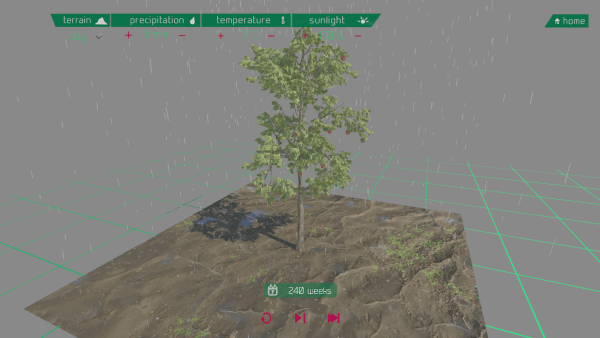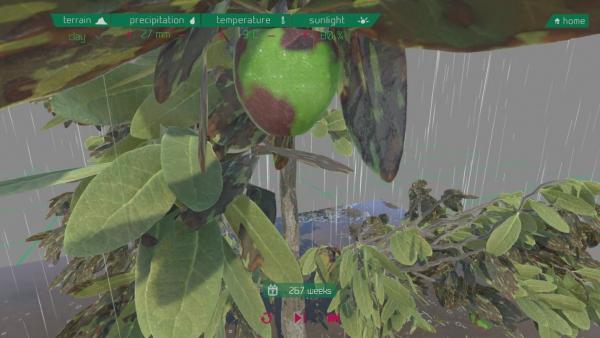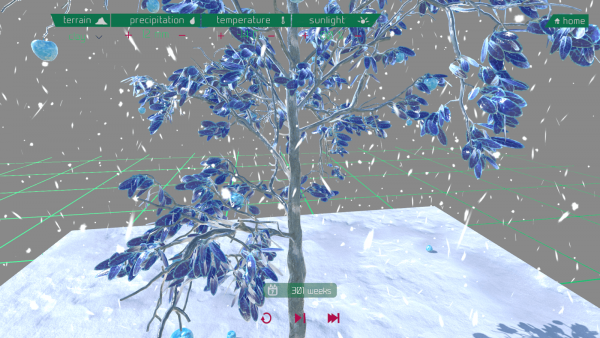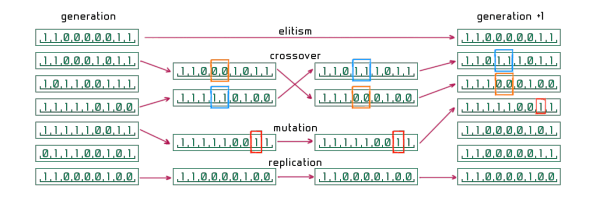ABOUT THE PROJECT
Customer / Partner Country
RO
Development location
Suceava, Romania
Year
2019
Industries
- Entertainment
TECHNICAL APPROACH
Main activities
- 3D Design
- Unity Development
- 3D Simulations
- Machine Learning Development
Technologies
Machine LearningArtificial IntelligenceUnity3DS MaxThe machine learning driven virtual dome through its disruptive technologies desires to change the way we perceive learning materials and bridge the gap between theoretical “know how” and practical usability in a wide range of fields. For achieving this target, the application has three spearhead core features:
- Develop a knowledge platform for analyzing and simulating the complex processes and environmental factors that impact the growth of plants. Unity 3D game engine has been used for developing the software simulation.
- Develop a real-time procedural visualization solution for displaying the impact of the external factors on the plant’s growth and life cycle composed of the following components:
- plant core growth simulation (root, stem/trunk, branches, leaves, and reproductive structures);
- damage/degradation simulation to its mentioned structural elements;
- dynamic controlled timeline;
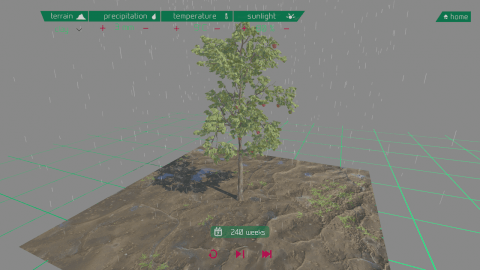
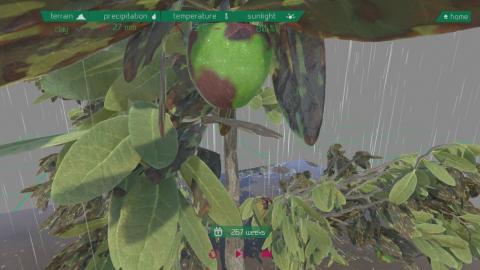

- Use machine learning agents to analyze the input data (earth mineral composition, water volume, temperature) and add the required corrections to achieve a biodome that sustains the growth of plants in the best condition.
The first step in creating the ML for the biodome simulation was to determine what functions needs the AI to control. The agent was required to do the following actions:
→ increase/decrease precipitations;
→ increase/decrease temperature;
→ increase/decrease sunlight;
→ change the soil type;
The first stage in creating an agent consists in defining 4 floating number outputs (neuronal outputs). First three values are responsible for the increase and decrease of the environmental factors and the last float output changes the soil type.
The second stage feeds the agent a set of values (neuronal inputs) that serve as data to determine the actions of the agent.
Our plant agent has as inputs the current values of each environmental factor the current soil, the lifetime of the plant, the current growth rate and health of the plant.
Once the structure of the agent has been defined, a set of function for coding the behavior was done to simulate the evolution of the AI:
- Crossover (combines 2 agents to form a new one);
- Mutate (randomly changes one part of the agent behavior);
- Replicate (copies an agent from one generation to another);
- GetBestAgent (calculates the fittest agent, replicates it, set it as the one to control the scene visuals);
The agent with an easy to understand typology, 7 inputs, 4 outputs. It is able to do all the required functions to evolve and with an agent manager (kills agents, set agent number per generation connects the best agent to the scene) we have a capable AI that will learn to grow our plants.


Do you want to get in touch with us?
If you are interested in our software development services, you would like to join our team, or you simply want to find out more about us, we’d love to hear from you! Drop us a line and a member of the ASSIST team will get back to you as soon as possible. We are sure we can ASSIST you.
GET IN TOUCH

